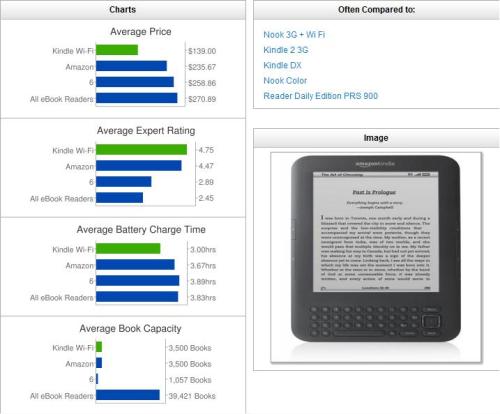As we are covering the web 2.0 patterns, this is the last pattern with is Lightweight models and cost-effective scalability. The model for web 1.0 companies was “get big fast”. However, with web 2.0 the business model changes to be “small is the new big” so businesses are no longer depend on large development team and budget to start or run their business successfully. This new model is Lightweight models and cost-effective scalability which referred to “Doing more with less” is the strategy to deliver products to market faster and cheaper without sacrificing future growth.

My example for this week pattern is “Twitter”, one of the social networking applications which is grown rapidly in short period of time.
Twitter is a social networking and microblogging service that allows users to post, send and read messages, answer questions and share information by sending short-text messages 140 characters in length which called “tweets”. Twitter was founded by Jack Dorsey in March 2006 and it’s published in July at the same year and it has grown up since May with the first tweet sent by Jack Dorsey “just setting up my twttr”.
In 2009 twitter become the third highest social networking website. According to Twitter, it had 400,000 tweets in 2007 and in June 2010 the tweets increased to 65 million per day. Moreover, twitter offer a simple API-system which makes it very easy for other web services and applications to integrate them. As result, the company recorded over 70,000 registered applications.

2010
Twitter financing and revenue model, this application has huge amount of funding and revenues even without selling ads. $35 million was the funding in 2009 and the revenues were $400,000 and $4 million in the third and fourth quarter respectively in 2009. IN mid 2010, they started selling ads, the revenue increased to $45 million. In addition, the value of Twitter in March 2011 is $7.8 billion.
The question for this week pattern is, what do you think about the advertisements on Twitter?











